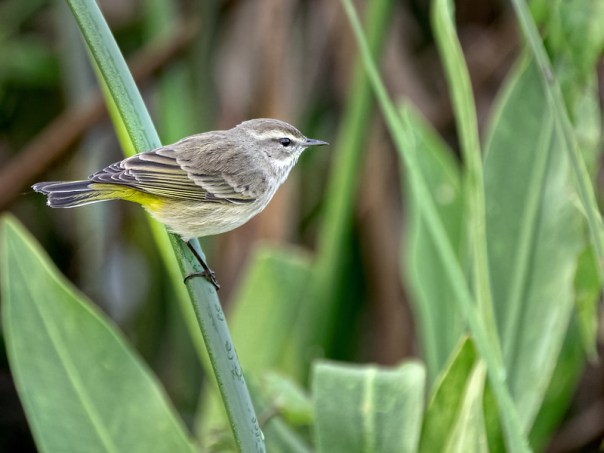Editors note: Today we have a special treat. MaryKate has agreed to write a guest blog post about her recent trip to Kodiak Island, Alaska. Sit back ,relax, and enjoy your vacation from my writing!
Five years ago, my birthday snuck up on me. A week or so before the big day, I called my good friend Monette and said “It’s a birthday emergency! I have no plans!” We booked a last-minute cruise, and ever since, our annual Emergency Birthday Trip has become a tradition I look forward to every year – exploring places as close by as the Florida Keys, and as far away as Oregon and Alaska. The trips always involve spontaneity, road tripping, shopping, National Parks (or the outdoors), wildlife, shopping, eating, shopping and exploring. This year, I returned to Alaska to visit Monette in her current location: Kodiak, the country’s second largest island.
[singlepic id=143 w= h= float=center]
These Boots Were Made For Traveling (Courtesy of Monette)
I take a lot of iPhone photos. But for this trip, my Dad let me borrow one of his many cameras since photo opportunities would be plentiful and I knew I might want to enlarge and print some wildlife pictures. He added an all in one 28 to 240mm equivalent lens to his Olympus E-M1 camera and programmed it with an iAuto setting (for fast-moving wildlife) and a P setting (for “Pretty much everything else”). While we had some rare Kodiak sunshine, the lighting was generally overcast and difficult. But with my Dad’s processing, I got some great shots!
[singlepic id=141 w= h= float=center]
Near Reflections: Boat harbor on Near Island
Saturday morning, we drove the Island road system and saw everything from a herd of wild buffalo to majestic mountains and mud flats. Monette said a lot of the vegetation had changed over the last week or so from bright and blooming to brown. I thought this picture eloquently captured the end of a season.
[singlepic id=142 w= h= float=center]The End of Fall
That night we took an intimate dinner cruise with Galley Gourmet. Marty and Marion Owen were amazing hosts on board the Sea Breaze, where Marion made a from-scratch dinner with fresh ingredients from her garden and Marty steered the boat towards captivating wildlife like Stellar Sea Lions, Horned and Tufted Puffins and Sea Otters. I would highly recommend this dinner cruise for anyone in the area!
Marty said they hadn’t seen whales in a week or two, but sure enough, it was a Birthday Miracle and we found some Humpback Whales to watch and enjoy for about 30 minutes. I have some Humpback pictures from when my Dad and I were in Maine, but I’ve never been able to catch the illusive Puffin (which fly faster than I zoom through an airport!). I found that the P setting on the camera worked a little better.
[singlepic id=156 w= h= float=center]Puffin Zone
We enjoyed watching this pair of baby Stellar Sea Lions play (the two smaller, darker ones near the middle). To our entertainment – but to the annoyance of the older residents – the babies kept jumping and splashing in and out of the water.
[singlepic id=151 w= h= float=center]Stellar Viewing
It was an amazing trip filled with beautiful views and memories. And like all Emergency Birthday trips, I’m already counting down the days until next year.
[singlepic id=153 w= h= float=center]You Otter Be Here
Here are more photos from the trip. Click on any of the thumbnails to see them larger.
[nggallery id=7]
Thanks for stopping by and reading MaryKate’s blog post. Now, go make some photos!
©2016, MaryKate and Monette. All rights reserved.
































